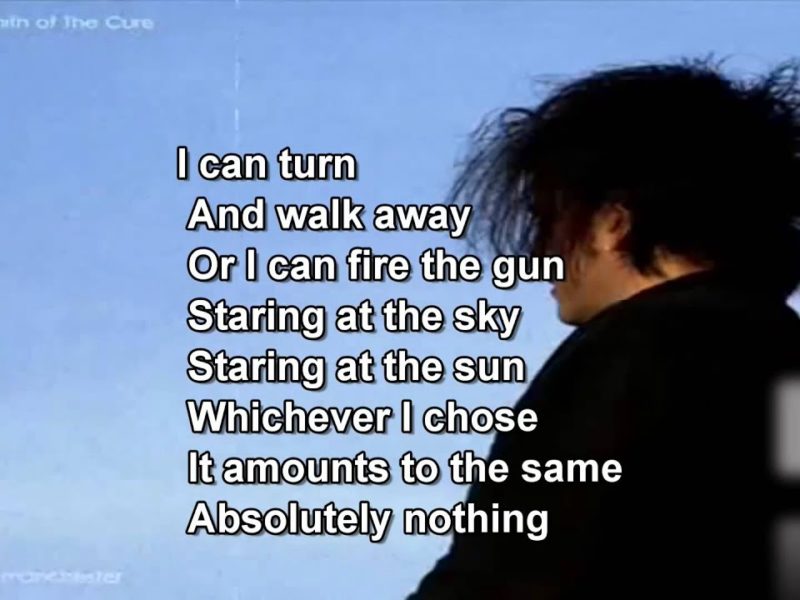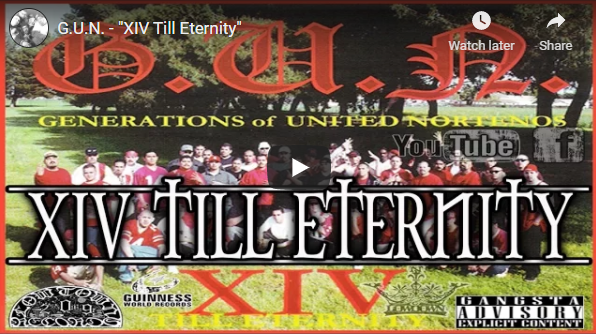This is one of the most controversial albums ever recorded. Not a statement… It’s a fact. This was the album that started rising gangster rapper Sir Dyno and imprisoned the majority of the Nuestra Familia gang of Northern California. This tape titled “G.U.N.: Generations of United Norteños — XIV Till
Month: November 2012
A woman drove across state lines to destroy an art piece displaying “The Misadventures of the Romantic Cannibals.” The lithograph shows Jesus “receiving oral sex” and other sexual innuendos. The artist expressed the attack on his “freedom of speech” and a Councilmember agreed. Perhaps the suspect felt a violation of
This short clip talks about how a gang member tattooed a scene of a murder on his chest. More importantly, we can see how the criminal represents a connection between crime and art in a way that is unlike typical art/crime connections. For example, the tattoo on his chest is

The song “Killing an Arab” by The Cure exemplifies the convergence of art and crime. The song elicits outrage and anger, especially post 9-11 and the hatred directed towards those of Middle Eastern descent. However, the story is not an expression of hatred (or a suggestion to kill an Arab),

I attended the Prison Creative Arts Project 17th Annual Prisoner Art Show in Michigan in March of 2012 and purchased the “Mouse House,” created by inmate E. Ellis, Jr. The structure itself is accompanied by a set of typed instructions, which dictate how to uncover the secret bait bucket in

Dylan Mayer, an art student at Green River Community College, was assigned the task of drawing from nature. Like any respectable art student, Mayer placed further challenges on himself, stating, “I thought, ‘How about something underwater?’ “ Mayer purchased a day permit and entered a popular dive site in West

Sometimes the shadow space where art and crime overlap is not money, not fame, but a vision. At least this is what Mark Patterson contends. His crime of installing the Surfing Madonna- a glass mosaic- under a train overpass in Encinitas was not motivated by senility or the search for

In the 1970s, blockbuster movies in the United States helped fuel the perception that killing society’s worst criminals was a heroic act made necessary by a legal system with loopholes that allowed them to evade punishment. Movies like “Dirty Harry” and “Death Wish” featured white men who, fed up with

